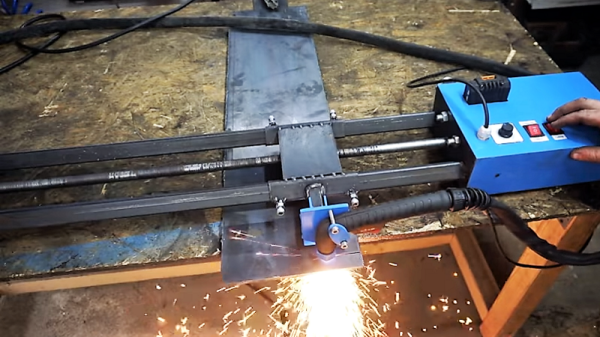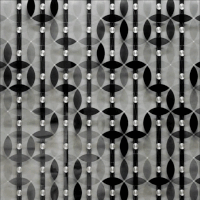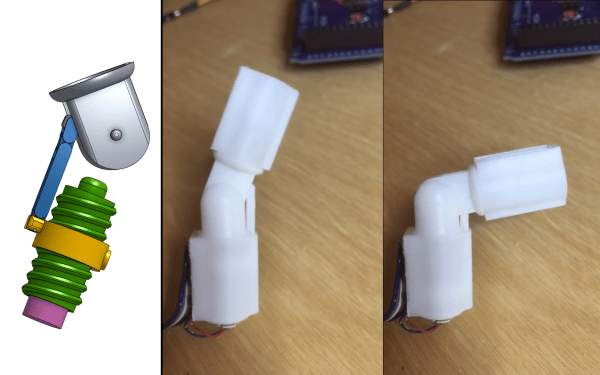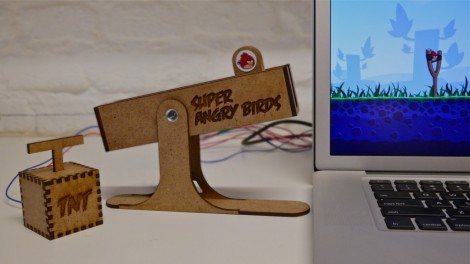Electric bikes are getting a lot of attention lately. Pretty much anyone can buy a kit online and get a perfectly street legal ride with plenty of range. But if you don’t want to take the kit route, and you’d rather take a tack that will get you noticed more around these parts, take some notes from [Jule553648]’s recent build that definitely isn’t using any parts from a kit.
The motor from the build is an electric power steering pump from a junkyard car. This gets mounted on a one-off rear bike rack and drives the rear tire with help from some gears from a pocket bike gearbox from eBay. A lot of the parts in this build were designed and built using CAD and a machine shop, and the parts for the battery and the power controller were sourced via China to save on cost.
The whole build has a homemade vibe that we find irresistible. The bike can go 35 km/h on level ground without breaking a sweat and has about 40 km of range which is nothing to scoff at. It might even be street legal depending on the wattage of the motor and whether or not you live in Europe (where throttles are generally not allowed on electric bikes). If you’re lacking a machine shop, though, we featured a very well-built kit ebike a while back that you could use as a model to get your feet wet.
Continue reading “Power Steering Pump Repurposed For Great Speed”



















